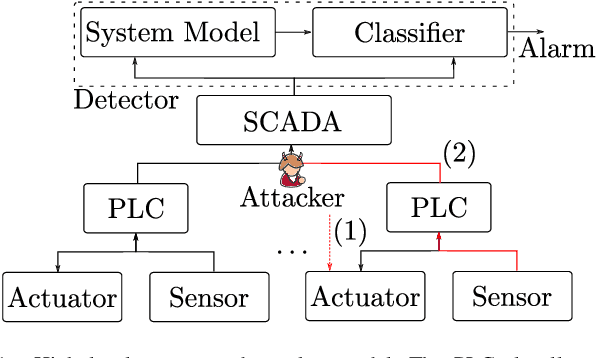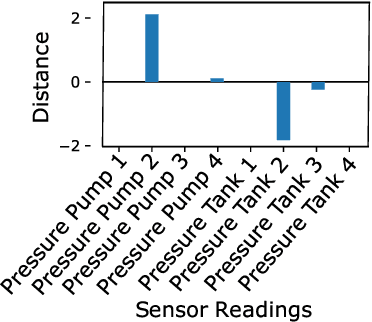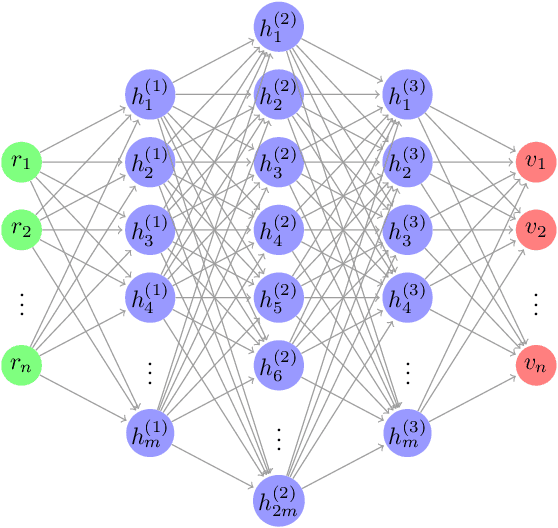Alessandro Erba
No Need to Know Physics: Resilience of Process-based Model-free Anomaly Detection for Industrial Control Systems
Dec 07, 2020



Abstract:In recent years, a number of process-based anomaly detection schemes for Industrial Control Systems were proposed. In this work, we provide the first systematic analysis of such schemes, and introduce a taxonomy of properties that are verified by those detection systems. We then present a novel general framework to generate adversarial spoofing signals that violate physical properties of the system, and use the framework to analyze four anomaly detectors published at top security conferences. We find that three of those detectors are susceptible to a number of adversarial manipulations (e.g., spoofing with precomputed patterns), which we call Synthetic Sensor Spoofing and one is resilient against our attacks. We investigate the root of its resilience and demonstrate that it comes from the properties that we introduced. Our attacks reduce the Recall (True Positive Rate) of the attacked schemes making them not able to correctly detect anomalies. Thus, the vulnerabilities we discovered in the anomaly detectors show that (despite an original good detection performance), those detectors are not able to reliably learn physical properties of the system. Even attacks that prior work was expected to be resilient against (based on verified properties) were found to be successful. We argue that our findings demonstrate the need for both more complete attacks in datasets, and more critical analysis of process-based anomaly detectors. We plan to release our implementation as open-source, together with an extension of two public datasets with a set of Synthetic Sensor Spoofing attacks as generated by our framework.
Real-time Evasion Attacks with Physical Constraints on Deep Learning-based Anomaly Detectors in Industrial Control Systems
Jul 17, 2019



Abstract:Recently, a number of deep learning-based anomaly detection algorithms were proposed to detect attacks in dynamic industrial control systems. The detectors operate on measured sensor data, leveraging physical process models learned a priori. Evading detection by such systems is challenging, as an attacker needs to manipulate a constrained number of sensor readings in real-time with realistic perturbations according to the current state of the system. In this work, we propose a number of evasion attacks (with different assumptions on the attacker's knowledge), and compare the attacks' cost and efficiency against replay attacks. In particular, we show that a replay attack on a subset of sensor values can be detected easily as it violates physical constraints. In contrast, our proposed attacks leverage manipulated sensor readings that observe learned physical constraints of the system. Our proposed white box attacker uses an optimization approach with a detection oracle, while our black box attacker uses an autoencoder (or a convolutional neural network) to translate anomalous data into normal data. Our proposed approaches are implemented and evaluated on two different datasets pertaining to the domain of water distribution networks. We then demonstrated the efficacy of the real-time attack on a realistic testbed. Results show that the accuracy of the detection algorithms can be significantly reduced through real-time adversarial actions: for the BATADAL dataset, the attacker can reduce the detection accuracy from 0.6 to 0.14. In addition, we discuss and implement an Availability attack, in which the attacker introduces detection events with minimal changes of the reported data, in order to reduce confidence in the detector.
 Add to Chrome
Add to Chrome Add to Firefox
Add to Firefox Add to Edge
Add to Edge